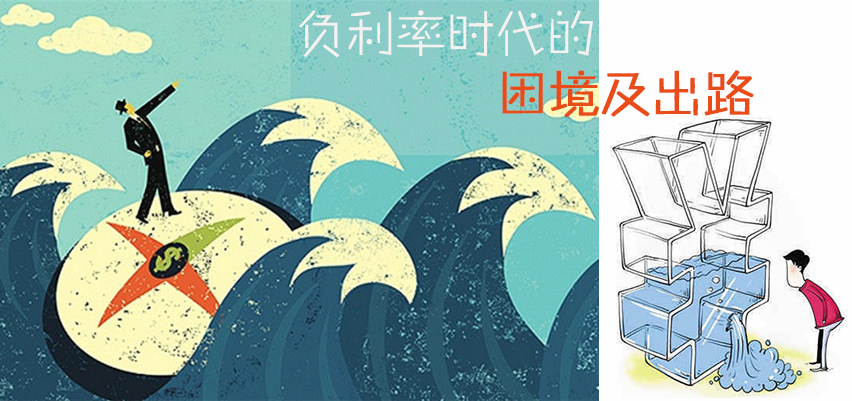第七届中国经济学年会论文讨论专场:产业组织Ⅳ
- A-A+
- 第七届中国经济学年会 2008-01-10 16:57:27 来源: 作者:高月涛 0
The first paper was presented by Prof. Zuoquan Zhao. His paper proposed the view that the way factor inputs and technology are distributed and organized over geographical space accounts for productivity change. His paper attempts to develop a simple model of economic growth in continuous space in which knowledge spillovers and geographical organization of production reinforce each other through entrepreneurial organization. In his model, growth is enhanced by profit-seeking entrepreneurs who choose an advantageous location to exploit local agglomeration economies (including knowledge spillovers), and adopt an efficient internal organization to transform ideas into products. To internalize geographical structure, including spatial knowledge spillovers, he introduces the spatial ranges of factor and knowledge inputs into the production function under the assumption that the number and location of technologies that are embodied into products are observable or countable. His model shows that the long run growth of an economy is determined not just by increase of factor inputs and technology but by their expansion in spatial structure. Growth is a process of spatial accumulation and organization: characterized by a geographically dispersed and intensified structure of production.
The second paper was presented by Mr. Yuetao Gao and Mr. Jiabin Wu. Their paper studies the effects of transportation cost on real estate prices with a duopoly spatial model. Consumers work in a Central Business District (CBD) and purchase (or rent) a house (or an apartment) in the CBD or a suburban region. There is a duopolistic competition between the real estate projects between the two regions. Public investment in transportation affects the consumers’ transportation costs between the two regions. Ignoring the effect that improved transportation facility may attract more demand to the real estate in related areas, they suggest that the improvement in transportation system intensifies the competition between the two real estate projects. Consequently, not only the equilibrium prices are lower, but also the price gap is reduced. Consumers respond to the smaller price gap by purchasing more CBD houses. Therefore traffic volume between the CBD and suburban region is reduced.
The third paper was presented by Prof. Junji Xiao. His paper examines the rapid diffusion of digital as opposed to film cameras in the period 2001-2004. It investigates those factors contributing to the displacement of film cameras by digital cameras by estimating demand equations for digital cameras as well as for two kinds of film cameras. The estimation results show that Windows XP adoption and PC household ownership as well as rapidly dropping prices of digital cameras have played significant roles in the market penetration of digital cameras.
The last paper was presented by Mrs. Xiao Feng. Her paper think that previous research examining the phenomenon of “double marginalization” shows that the profit of the integrated entity will exceed the combined pre-integration profits, and the vertical externality arises in the channel. They demonstrate that these results do not generalize to a duopoly production chains that produce quality- differentiated goods and compete in the market. They derive the optimal choices for the duopoly chains before and after vertical integration and show that the two chains will provide products of higher quality level after integration. Further, the market coverage, prices, and profits for high quality firm will increase, while for low quality firm will decrease after integration. Finally, they show that integration is benefit for consumer while makes social welfare suffer loss.
天津大学马寅初经济学院2022年预聘教
天津大学马寅初经济学院是以北洋大学(天津大学前身)毕业的马寅初学长命名的一所与国际接轨、高起点的...北京大学国家发展研究院招聘事业编制
北京大学国家发展研究院招聘事业编制研究员2名。北大汇丰智库研究实习岗位招聘启事
北大汇丰智库将于2020年起招聘实习研究专员若干名。
-
王军:金改七大突破口
70人看过
-
官员自杀是社会畸形发展的产物
97人看过
-
深圳期货业高层大地震
403人看过
-
张曙光 张弛:中国发展的环境成本究竟有多高?
101人看过
-
博士如何顺利毕业?——来自哥大教授的经验
936人看过




